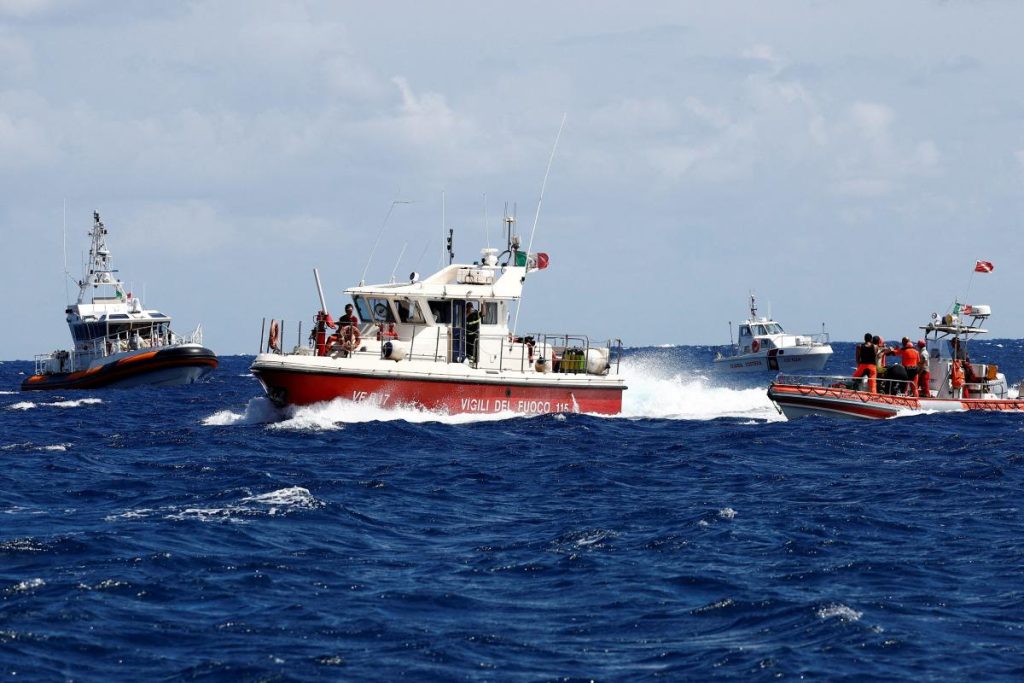A luxurious super yacht named the Bayesian set off on a cruise around Italy’s southern coast, carrying business moguls and their families, including British tech tycoon Mike Lynch and a chair of Morgan Stanley. Less than a month later, the ship sank 160 feet under the water, leaving its cook dead and six passengers missing, prompting a major international search effort. Experts are trying to determine why the ship sank during a storm in the early hours of the morning.
The combination of unlikely factors that led to the sinking of the Bayesian was considered a “black swan event” by experts. The ship was well-built, constructed in accordance with international maritime standards by Italian ship maker Perini and certified by the U.K.’s Maritime and Coastguard Agency. The adverse weather conditions at the time of the sinking were unusual for the northern Mediterranean, which isn’t typically known for prolonged stormy weather. The unusual convergence of these elements resulting in a super yacht foundering was deemed extraordinary by experts.
After the ship sank, a rescue operation was launched, and 15 people, including a 1-year-old, were rescued from the water. Unfortunately, the ship’s cook, Ricardo Thomas, was found dead, and six passengers, including Mike Lynch and his 18-year-old daughter, were still missing. Some of the missing passengers were involved in Lynch’s trial on fraud charges, including a Morgan Stanley chair who served as his character witness. Lynch had been acquitted of all charges just weeks before the yacht sank.
Meteorologists suggested that a water spout, a tornado over the water, may have formed due to the unusually warm water temperature in the area on the day the Bayesian sank. The warmer-than-average water likely resulted from climate change. Water spouts are known to spin up suddenly and can cause significant damage. The ship’s crew may not have seen the water spout approaching in the early hours of the morning, and the visibility may have been compromised due to open windows on the yacht.
Italian authorities indicated that the Bayesian was likely at anchor when the storm hit, which prevented the ship from maneuvering effectively. The ship’s keel position at the time of the sinking is a key question, as a lifted keel can affect a vessel’s stability. The exact cause of the disaster may not be known until the ship can be thoroughly examined. The search and rescue operation may transition into a recovery phase soon, depending on the findings of the rescuers.
As the search continued for survivors, experts suggested that the casualties would likely be located within the vessel on the seabed. Eyewitness accounts from other vessels in the area and onshore would provide valuable information for the investigation. The decision to move into a recovery phase would depend on finding signs of life and survivable spaces within the ship. The shifting line between search and recovery operations in maritime incidents is based on a risk versus benefit analysis conducted by authorities.


